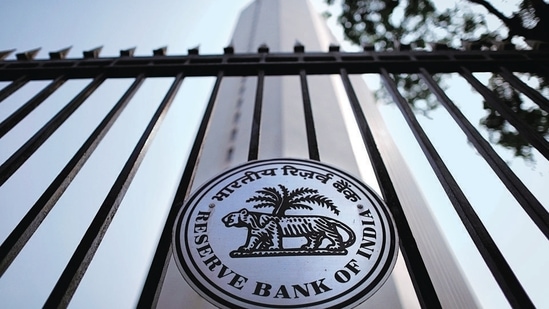Reimagining how the Reserve Bank functions
The central bank’s ability to support India’s growth journey will depend on how it meets four key challenges, namely risk management, consumer protection, autonomy, and accountability
The Supreme Court judgment on demonetisation last week appears to have reignited the debate on the relationship between the Reserve Bank of India (RBI) and the Union government. While the judgment may have settled the debate on the legality of the move, it has raised questions on RBI’s central board and its decision-making.

The spotlight on RBI comes at a time when the standing committee on finance is set to examine its functioning. The parliamentary committee wants to ensure that financial regulators such as RBI are adequately prepared to support India’s growth journey, the chair of the committee, Jayant Sinha, said in an interview to Mint last week.
Over the years, different aspects of RBI’s functioning have been examined by different committees. But none of them have attempted a comprehensive examination of RBI’s role in the Indian economy. The last such effort was in 1931, when a 21-member central banking enquiry committee led by BN Mitra made its case for a modern central bank in the country, leading to the RBI Act in 1934.
Any fresh assessment of RBI needs to examine four key challenges.
The first challenge relates to RBI’s risk-management ability. A central bank is the first line of defence against a financial crisis. This calls for fire-fighting abilities when a crisis strikes. More importantly, it calls for thoughtful regulation that can insulate an economy from global shocks, and watchful supervision that can detect signs of financial stress.
Ahead of the 2008 global financial crash, RBI’s conservatism saved India from the worst of the financial crunch that paralysed the rest of the world. Yet, RBI failed to tell us about the growing pile of bad loans in the domestic banking system, which ballooned to toxic levels in the 2008-12 period. RBI’s regulatory forbearance hid the real extent of the problem till it was too late.
It is not clear that RBI’s ability to detect bad lending practices by banks and shadow banks has improved significantly since. The next credit boom could spawn another debt crisis.
The second challenge relates to consumer protection. This has been a weak spot historically, with RBI barely taking notice of rampant mis-selling by banks. The digital age raises new risks for first time users and new entrants into the formal financial system, who often fall victim to financial scamsters.
India’s digital payments system today is a global success story thanks to years of patient work by RBI’s payments team (and not because of the overnight demonetisation of high-value currency notes). However, if consumers fear financial loss or data loss, they can turn away from the digital payments ecosystem. To sustain the digital payments boom, it is important to maintain the trust of consumers.
The third challenge relates to autonomy. The degree of RBI’s autonomy remains a constant source of conflict between the central bank and the government. Since 2016, RBI has enjoyed operational autonomy to set short-term interest rates under the new monetary policy framework. In other aspects, it enjoys autonomy only when the government indulges it.
When a regulator lacks autonomy, its ability to enforce its writ is bound to be impacted. The first chairman of the Securities and Exchanges Board of India (Sebi), GV Ramakrishna, once told brokers that they should know that the road from Dalal Street to Mittal Court (where Sebi was located) does not run through North Block. It is hard to imagine an RBI governor saying something similar to public sector bankers now.
Three decades after liberalisation, it is the department of financial services at North Block that still directs a large part of banking operations in the country. This anachronism must end if RBI is to regulate the banking sector effectively. The finance ministry must cede powers to an independent bank board that will govern public sector banks. RBI, in turn, must be prepared to cede its public debt management role.
A new contract between RBI and the finance ministry, enshrined in a 21st-century RBI Act, will burnish the credibility of both organs of the State, and bring down friction points.
The final challenge relates to accountability. Central bankers are unelected technocrats who wield enormous power in a modern economy. Most mature democracies deal with this challenge by instituting sound accountability and transparency mechanisms, not by running down central bankers. Having more independent voices on the RBI board, selected by a non-partisan panel, can bring about greater accountability without compromising RBI’s autonomy.
More importantly, RBI’s reporting and transparency norms need a relook. Globally, central banks have increasingly opened themselves up to investors and ordinary citizens in an effort to make themselves more accountable. RBI has taken a few halting steps in this direction but still remains a fairly opaque institution. It turns down routine right to information requests. Its data dissemination portal seems stuck in the 20th century. Even when it conducts consultations before finalising regulations, it does not care to share the details of these consultations publicly.
RBI’s opacity creates an uneven playing field in the financial sector, tilting the scales against new entrants. In a small closed economy, this did not matter much. In a large open economy, it matters a great deal.
Pramit Bhattacharya is a Chennai-based journalist
The views expressed are personal
All Access.
One Subscription.
Get 360° coverage—from daily headlines
to 100 year archives.



HT App & Website







